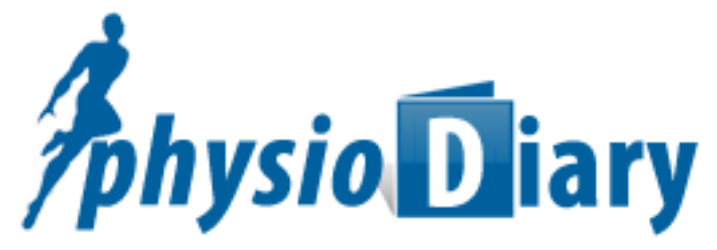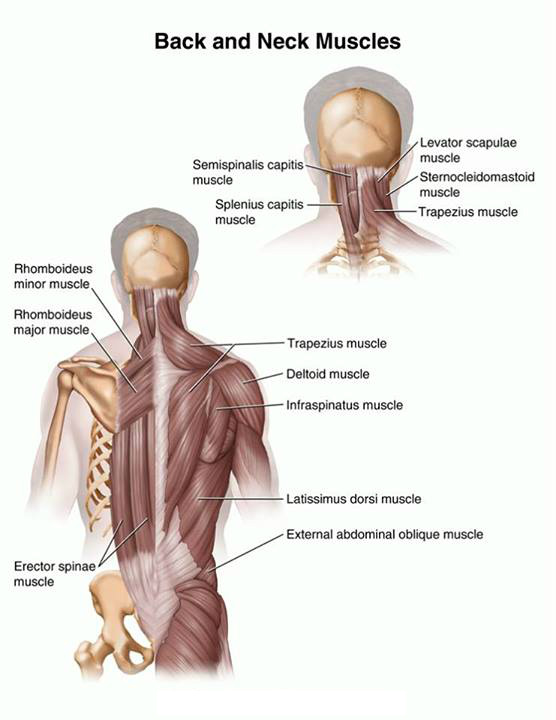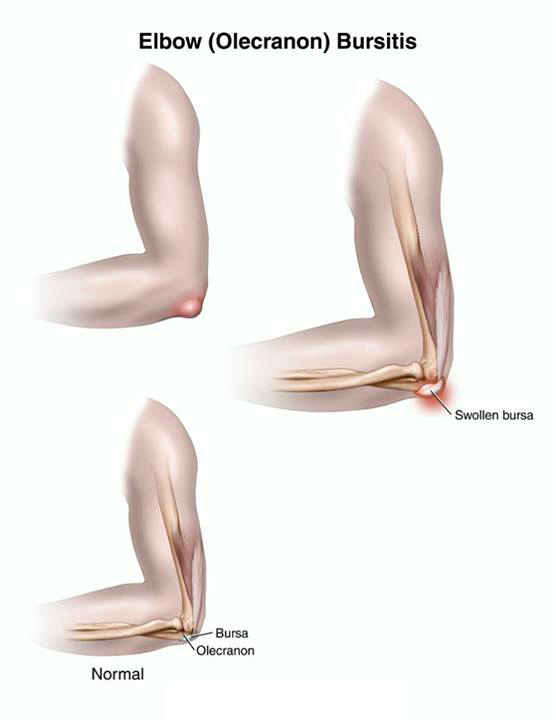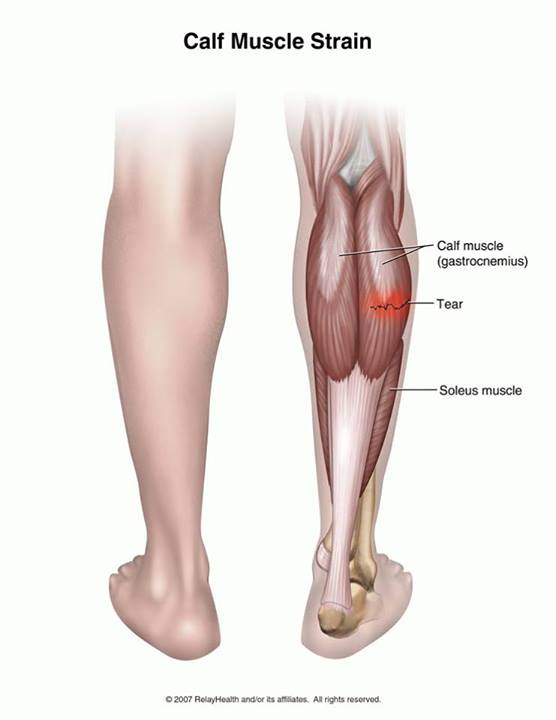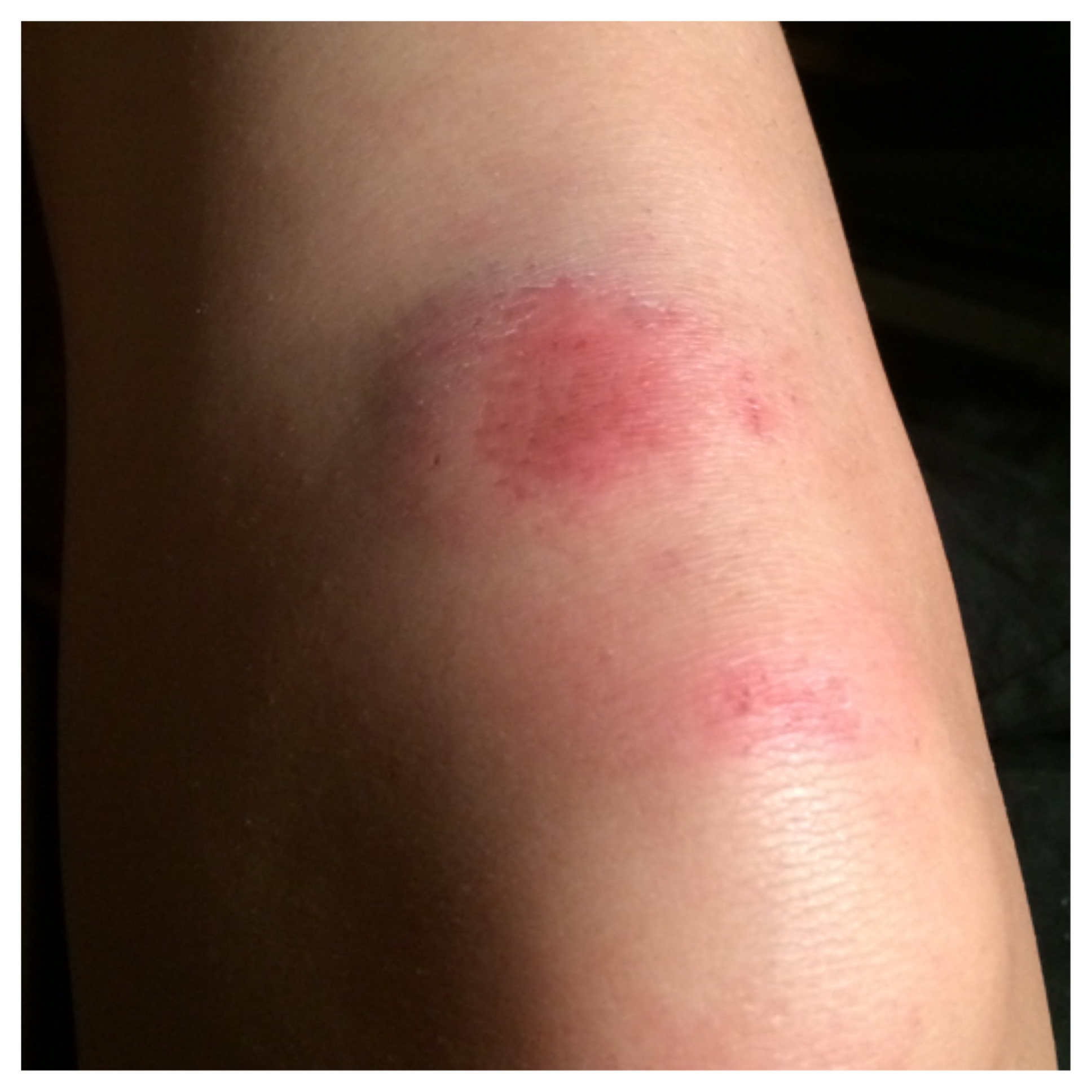Tennis Elbow
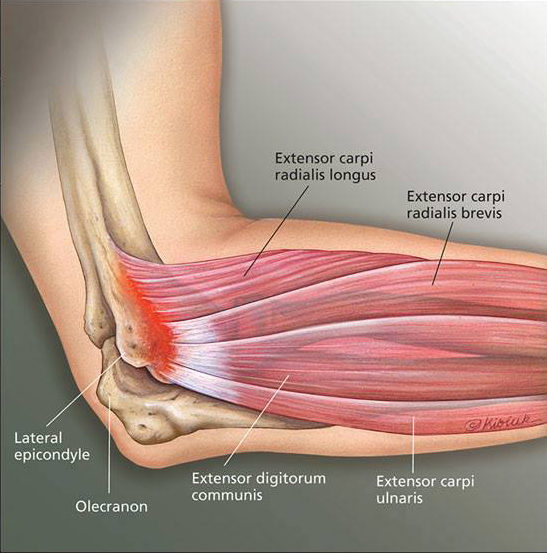
What Is Tennis Elbow & What Causes Tennis Elbow?
The condition is also known as lateral epicondylitis (inflammation of the outside elbow bone). Tennis elbow often occurs as a result of strenuous overuse of the muscles and tendons of the forearm and around the elbow joint. These tendons attach to the lateral epicondyle of the humerus. Other descriptions for tennis elbow are lateral epicondylosis, lateral epicondylalgia, or simply lateral elbow pain. Tennis elbow is also known as “shooter’s elbow” or “archer’s elbow.”
According to Medilexicon’s medical dictionary:
Tennis Elbow is chronic inflammation at the origin of the extensor muscles of the forearm from the lateral epicondyle of the humerus, as a result of unusual or repetitive strain (not necessarily from playing tennis).
The peak incidence is between 30 to 60 years of age. No difference in incidence between men and women or association between tennis elbow and the dominant hand has been demonstrated.
symptoms of Tennis Elbow?
The pain that is caused by tennis elbow usually lasts for between 6-12 weeks.
Recurring pain on the outside of your upper forearm, just below the bend of the elbow is the most frequent sign of the injury.
Sometimes, pain may also be felt down your arm towards the wrist.
Pain that is caused by lifting, or bending, your arm is also a symptom.
Pain when performing basic actions such writing, or when gripping small objects, like a pen is also a possible symptom.
Pain when twisting your forearm – for example, when turning a door handle also can be lateral epicondylitis , or difficulty extending your forearm fully.
Causes of Tennis Elbow?
Among tennis players, it is believed to be caused by the repetitive nature of hitting thousands and thousands of tennis balls which lead to tiny tears in the forearm tendon attachment at the elbow.
It can also be a result of basic life activities such as using scissors, or shears, gardening, sports that involve lots of throwing, swimming, manual work that involves repetitive turning, or lifting of the wrist, such as plumbing, or bricklaying, typing, and racquet sports.
Tennis elbow can also occur if you play golf frequently, and golfers can also sometimes get golfer’s elbow which affects the inside of the arm.
The extension of the fifth digit and some extension of the wrist allowing for adaption to “snap” or flick the wrist which is usually associated with a racquet swing. Most often, the extensor muscles become painful due to tendon breakdown from over-extension. Improper form or movement allows for power in a swing to rotate through and around the wrist thus creating a movement on that joint instead of the elbow joint or rotator cuff. This movement causes pressure to build impact forces to act on the tendon causing irritation and inflammation.
Diagnosing Tennis Elbow
An easy at-home test can be performed to determine whether you have tennis elbow. Stand behind a chair, place your hands on top of the chair back with your palms down, and try to lift the chair up. If this causes pain on the outside of your elbow, the culprit is most likely tennis elbow.
However, in some cases it is necessary to perform an X-Ray or MRI scan in order to rule out other more severe ailments such as arthritis, or an injury inside your elbow joint. If a person has severe tennis elbow that has failed to heal, a magnetic resonance imaging (MRI) scan, or an ultrasound scan may be necessary. This will produce a more detailed image than an X-ray, as it includes the soft tissues, muscles, and tendons inside your arm.
Treatment options for Tennis Elbow?
There are several layers of treatment that can be implemented by self or a physician. First, rest is important. The rest allows the tiny tears in the tendon attachment to heal. Tennis players treat more serious cases with ice, anti-inflammatory drugs, soft tissue massage, stretching exercises, and ultrasound therapy.
Stretches and progressive strengthening exercises involving use of weights or elastic bands to increase pain free grip strength and forearm strength can be helpful. Racquet sport players also are commonly advised to strengthen their shoulder rotator cuff, scapulothoracic and abdominal muscles by physiotherapists to help reduce any overcompensation in the wrist extensors during gross shoulder and arm movements.
Soft tissue release or simply massage can help reduce the muscular tightness and reduce the tension on the tendons; and strapping of the forearm can help realign the muscle fibers and redistribute the load.
If symptoms are particularly painful, and the condition is making movement difficult, a steroid injection may be recommended. Cortisone is the steroid that is usually used because it helps to reduce inflammation. After having a steroid injection (or injections), one should take care to rest the arm and avoid putting too much strain on it too quickly.
Physiological options to treatment span a host of possible approaches, including: blood injection (possibly augmented by plateletpheresis), botulinum toxin, extra-corporeal shock wave therapy (lithotriptor), heat therapy, immobilization of the forearm and elbow using a splint for two to three weeks, low level laser therapy, occupational therapy, plasma injections, and trigger point therapy.
In rare cases of severe, persistent tennis elbow, surgery may be recommended. The operation involves removing the damaged part of the tendon in order to relieve the symptoms of pain.
Preventing Tennis Elbow
Prevention is difficult to define exactly, but measures can be taken to decrease the likelihood of contracting this injury. Techniques of movement are especially important.
Rather than using your wrist and elbow more than the rest of your arm, try spreading the load to the larger muscles of your shoulder and upper arm. Before playing a sport that involves repetitive arm movements, such as tennis, or squash, warming up beforehand and gently stretching arm muscles will help you to avoid injury.
Using lightweight tools, or racquets, and enlarging their grip size, will help prevent putting excess strain on your tendons. Wearing an arm brace, or a wrist splint, when you are using your arm, and taking it off while you are resting, or sleeping, can help prevent further damage to your tendons. Ask a general practitioner or physiotherapist for advice about the best type of brace, or splint, for you to use.
Finally, increasing the strength of forearm muscles can help to prevent tennis elbow from occurring. A physiotherapist will be able to advise regarding suitable exercises that will help build up the muscles of your forearm.
